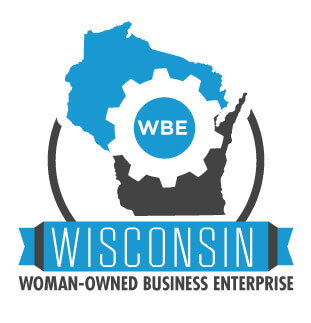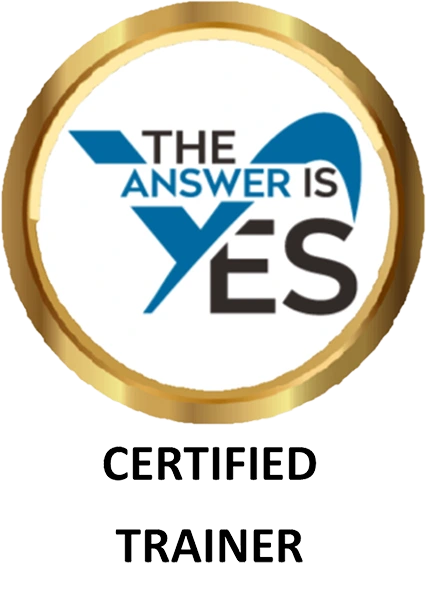“Getting involved is so, so . . . involving.” Vera-Ellen
When someone asks how I plan to engage learners, the first thing that comes to mind is the use of cartoons, kinesthetic items on the tables, candy, music, colorful kites and agenda maps on the walls. However, these are really only supplemental strategies, because the training design and facilitation are the strategies that actually engage the participants.
We structure our training courses to engage the participants in meaningful and practical skill-building learning activities.
Our engagement strategy begins with the development of the lesson plan. We first identify two goals: (1) what the participants will learn and (2) why the participants will want to learn this content. We understand that we need to obtain the participants’ buy-in to the content and, therefore, will incorporate a learning activity that will enable them to determine the benefits of the content from their perspective.
The learning objectives are written in terms of what the participants will do to learn and to demonstrate their learning. This means that the participants always practice what they have learned before they leave the classroom, in order to build their confidence in their own competence.
The training strategy for each course begins by building the participants’ interest with a pre-test on the key content that will be covered. We are then able to use the results of the pre-test to tailor the course content to meet the participants’ learning needs.
Participatory learning activities are used that meet the needs of different learning styles while achieving the learning objectives. Depending on the course, these activities may include: questionnaires, case studies, personal action plans, problem solving, simulations, application activities, gallery walks, rotating flip charts, scavenger hunts for answers to questions about code provisions, role plays, written exercises, building plan analyses, analysis of building materials, crosswords, matching games, jeopardy, bingo, competitive brainstorming, pop ups, envelope pass, Koosh toss, large and small group discussions, drawing, self-analyses, intragroup quizzes, pre- and post- tests, course evaluations, etc.
The participant workbooks are structured to include: a table of contents, agenda, learning objectives, worksheets, clear directions for each learning activity, references, graphs, charts, tables, templates, checklists, job aids, and a listing of additional references and resources. The primary content is contained in the participant workbook. PowerPoint slides are used as a supplemental visual aid, primarily comprised of visuals and bullet points.
At the conclusion of each course, the participants complete a post-test (with the same questions that were on the pre-test). Both the instructors and the participants are able to assess the degree of learning that has occurred by virtue of the participants’ demonstrated competence during the course and their improved performance on the post-test.
The participants evaluate each course by rating how well they accomplished each learning objective and writing down their key learning, how they plan to use what they have learned, and general comments. The training courses are revised based on consistent participant feedback.
If the curriculum is designed for other trainers to facilitate, they receive training in how to create a welcoming and motivational learning environment, how to engage participants in activities, and how to address difficult participant behaviors in a diplomatic yet effective manner.
The trainers have a detailed facilitator guide that includes how to create a sense of community, what the room set up should be, necessary training materials and audiovisuals, how to debrief activities, and how to handle questions. The facilitator guide also identifies the time frame and duration for each training module, what learning activities to use, how to set up and facilitate each learning activity, and the relevant workbook pages and PowerPoint slides.
So, although I love having Koosh balls, wands and pipe cleaners for the participants, it is possible to thoroughly engage them with well-structured learning design and well-facilitated interactive and participatory learning activities.
Deborah





